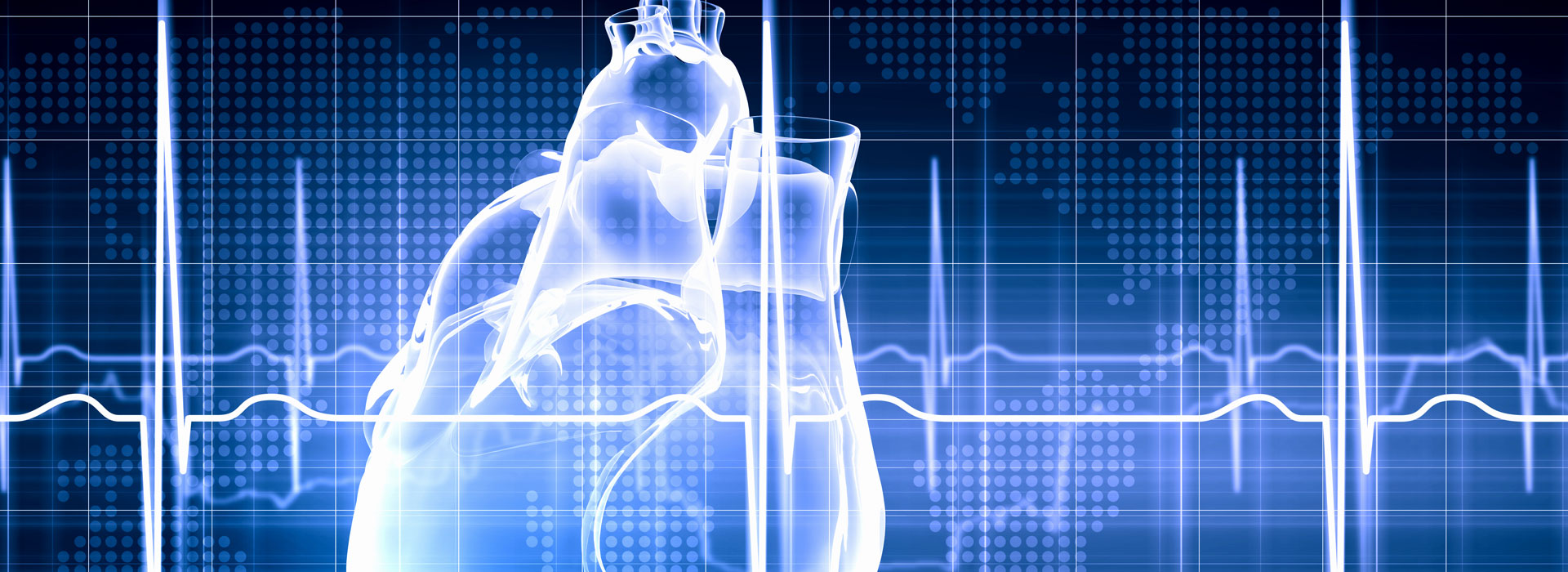
Electrocardiogram
What is it:
The Electrocardiogram (ECG) is a paraclinical examination that analyzes the electrical current produced by the heart. The examination is carried out with a suitable device which records on paper the electrical signal produced by the heart during its operation.
Why should I take the exam:
The Electrocardiogram is the first step in the paraclinical examination of the patient and is performed when the presence of a heart condition is suspected. When symptoms consistent with heart disease are present, such as chest pain, shortness of breath, tachycardia or bradycardia, and loss of consciousness, it is a valuable test to diagnose possible disease. The examination is complementary to the history taking and clinical examination of the patient and is carried out as a routine. Heart abnormalities such as arrhythmias, angina or myocardial infarction, myocarditis, pericarditis and others can be diagnosed with the ECG. It is also a useful test for the regular monitoring of patients with heart disease, as well as for the screening of people who are going to participate in sports activities.
How is the exam done:
In fact, it records the electrical activity of the beating heart muscles by rendering through the electrocardiograph on special paper or screen characteristic graphs called pulses. In graphs, the horizontal axis corresponds to time and the vertical axis to electric potential. It is a recording of the electrical signal of the heart in which 12 electrodes with suction cups are placed on the patient's chest, legs and arms. The examination is painless and takes only a few minutes.
The Electrocardiogram is harmless as it only records the electrical current of the heart without "giving" an electrical current to the examinee's body.
It is carried out in the cardiology clinic by the specialist cardiologist and gives a very basic picture through which he will decide whether additional tests are needed to investigate suspicious indications.


